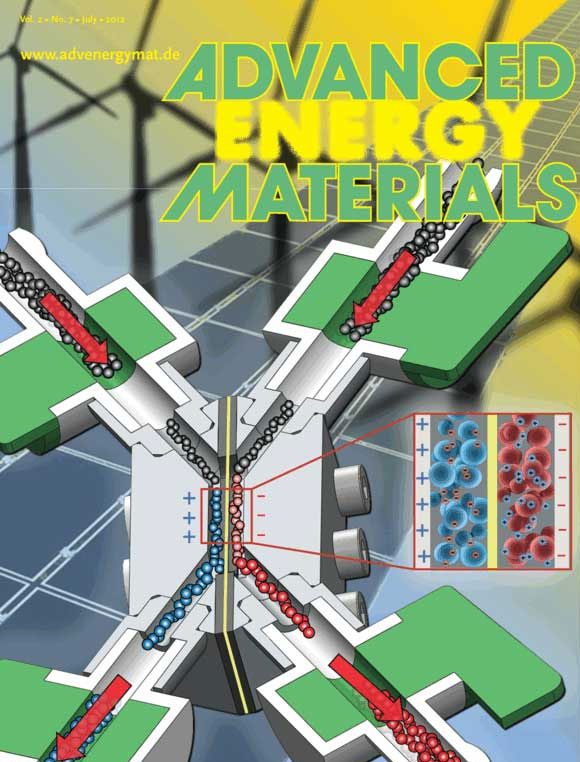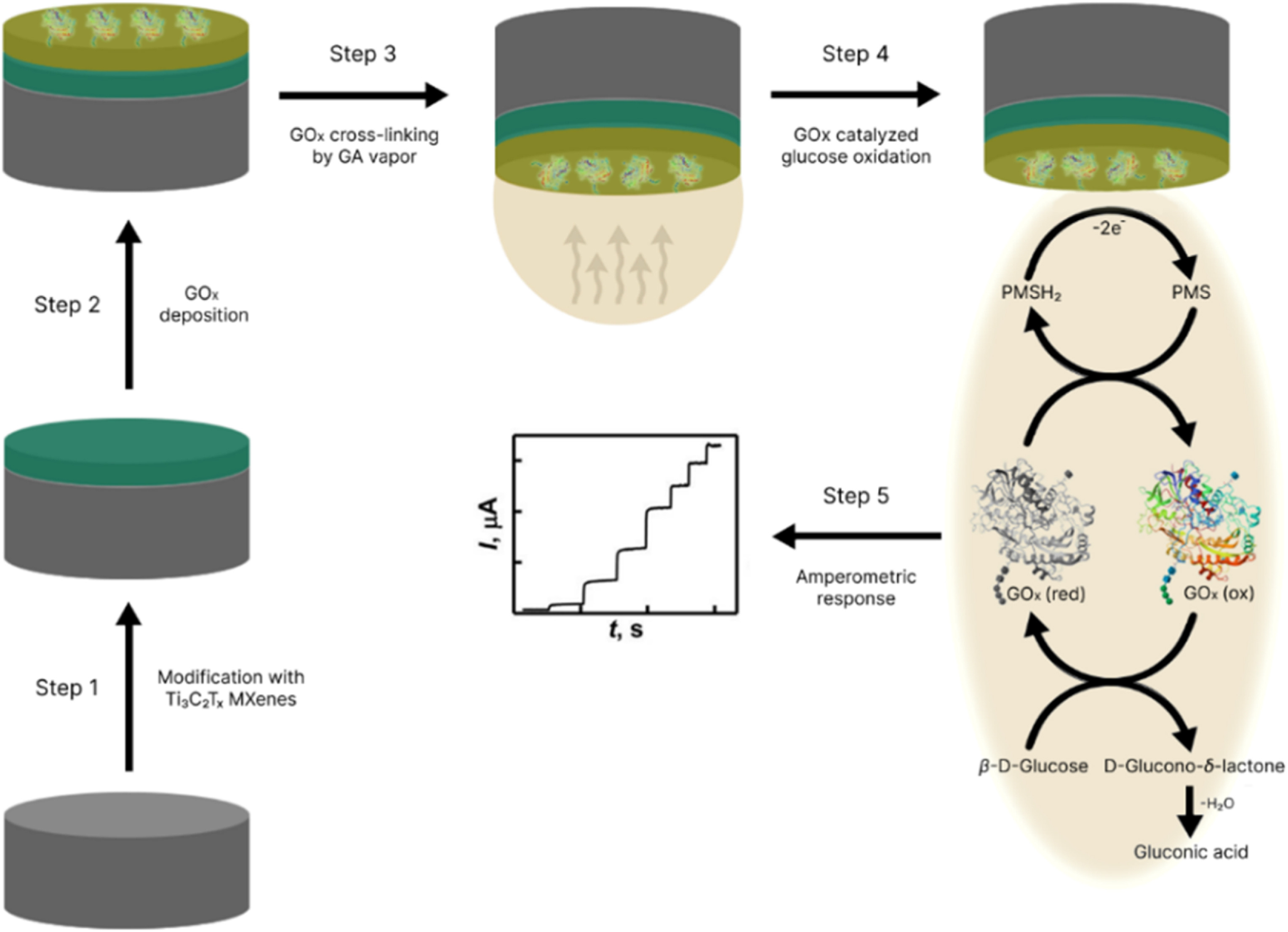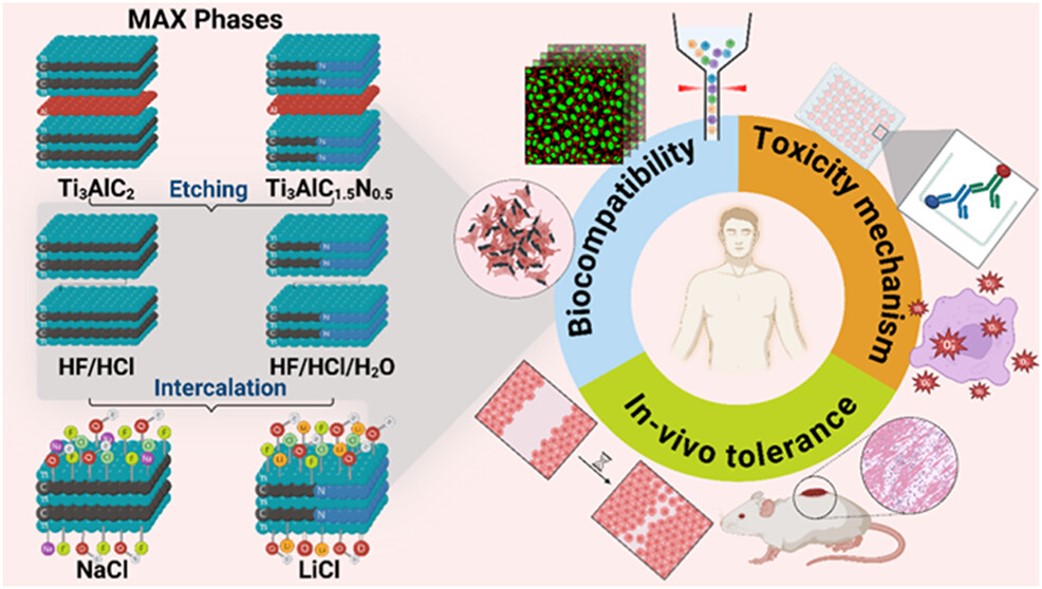Capacitive desalination
 SupercapU offers improved performance in capacitive desalination over conventional activated carbons, owing to its higher salt sorption capacity during operation.
SupercapU offers improved performance in capacitive desalination over conventional activated carbons, owing to its higher salt sorption capacity during operation.
Capacitive desalination (also known as capacitive deionization and flow through capacitor) is a desalination technique which is attracting increasing interest, owing to its lower energy consumption than conventional desalination techniques.
Systems using capacitive desalination can also be made more robust and, potentially, at lower capital cost than membrane-based methods used today, such as reverse osmosis and electrodialysis.
The operation of a capacitive desalination unit is shown in the figure to the right. During operation, water flows through the device, which has two porous carbon electrodes held at a voltage, and ions are attracted to oppositely charged electrodes. This removes the ions from the solution, creating purified water. When the electrodes are saturated, the potential can be released, allowing the ions to be released into a concentrated solution.
There are no articles in this category. If subcategories display on this page, they may contain articles.



